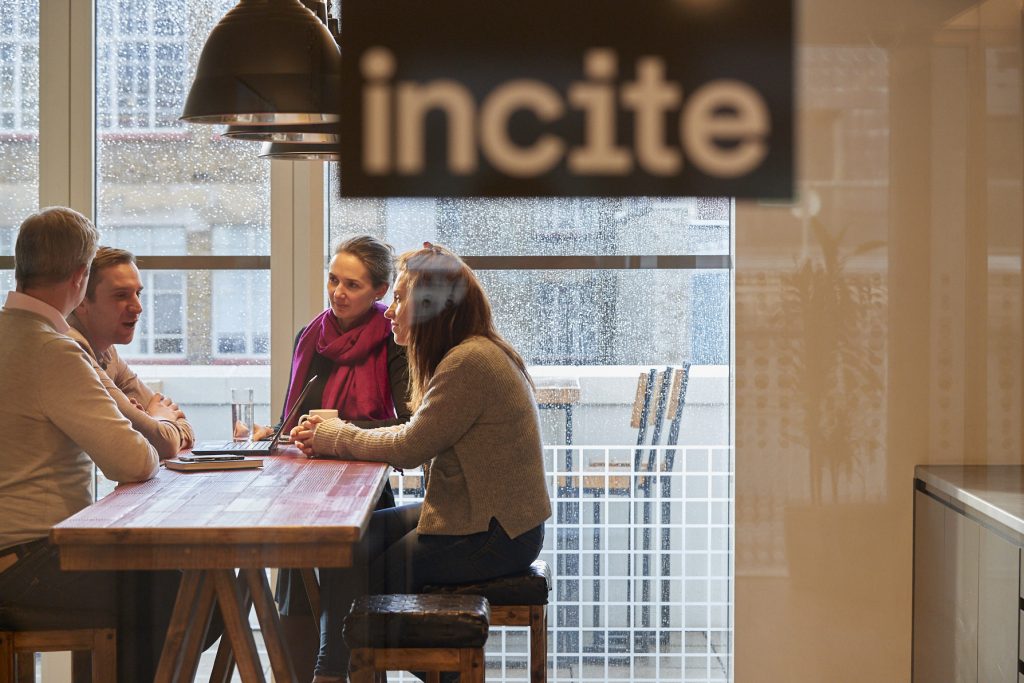The art of strategic planning
Strategic planning – what’s it all about?
We’ve worked with a wide range of businesses of different size and type around the globe and one thing is consistent. While many organisations have their own, honed, in-house approach to planning, few will say with confidence that this approach will deliver the growth that currently eludes them.
So is there a gold standard, best in class approach?
Let’s start with the definition. For us, whatever you decide to call it, strategic planning boils down to the process of deciding on the future direction of your business in terms of:
- Where to focus time and investment
- How to grow each brand/product
- What actions to take
Now the approach. This really depends on the size, working style and growth stage of your business – there isn’t a one size fits all solution. There are however a set of principles and rules that you can follow.
So, whether your business calls it corporate strategy, growth strategy, brand planning, strategic planning, three year or five year plans, here is our guide for making your plan a success.

Breaking the process down
Before we talk about the rules, let’s review the planning process itself. Every approach should be broken down into the following stages: Evaluate, Choose and Plan.
Evaluate
This stage is all about assessment of performance in the market, the future challenges and threats and then identifying potential opportunities arising from this. It typically synthesises all the available information – from sales data to trends – in order to provide a coherent view of the present and the future on which a strategy can be built.
Choose
This is the stage where you set your strategy. Key here is to not fall into the trap of trying to decide everything at once. First, decide your ambition and objectives, then work out the route to achieving them: target markets, categories, consumers positioning etc. Finally, choose how you will achieve this (the underlying tactics). The key word here is ‘choose’ – you need to make clear agreed decisions about what you will do, and what you will not do.
Plan
The final stage, focussed on identifying the necessary steps that your business needs to take and the investments, timeline and ownership for achieving each. How precise you are at this stage is critical. Many plans fail because next steps are identified but they are not taken down to a level of explicitness that makes them easily actionable.
These stages should be evident in any planning process regardless of what level it is pitched at: business, brand or product.
Seven rules for success
Now you have a basic planning structure, how do you ensure it runs smoothly and you get the outcomes you need?
Based on our experience, we have boiled down a list of best practices behaviours into seven rules for success:
1 / Know your objectives: What is the ambition? Make this as SMART as possible so that you are able to hold yourselves accountable for achieving it.
2 / Follow an agreed process: Design a process that matches the level of time and energy different stakeholders will be able and willing to commit. Gain consensus
3 / Ensure you have the necessary facts: Go into the process armed with the right information to make confident decisions
4 / Give it time: Particularly at the Evaluate stage, allow yourself room to digest and cogitate before choosing. Be efficient with people’s time but don’t rush decision-making.
5 / Get agreement on choices: Make sure everyone who will directly feel the impact of the decisions have had sight of them and feel invested in them
6 / Be precise about next steps: the best laid plans can often fail without clear instruction. Once you have a strategy in place, be specific about what this means for each area of the business in the form of a brief
7 / Agree what success looks like: What do you specifically need to achieve by when, to know that your strategy is on track?
If you would like to find out more about how we have successfully applied this process, read our case study to hear about how we helped to return a 240yr old brand back to growth.



